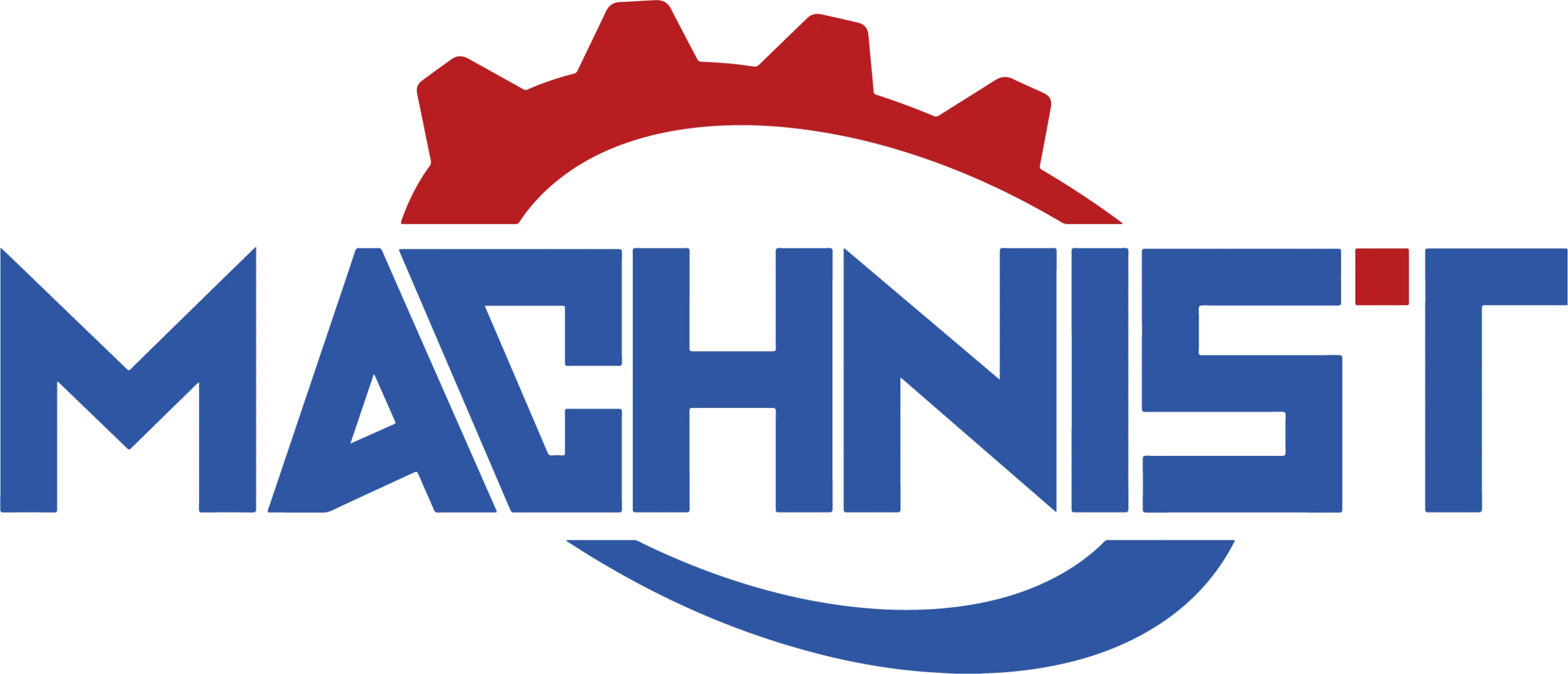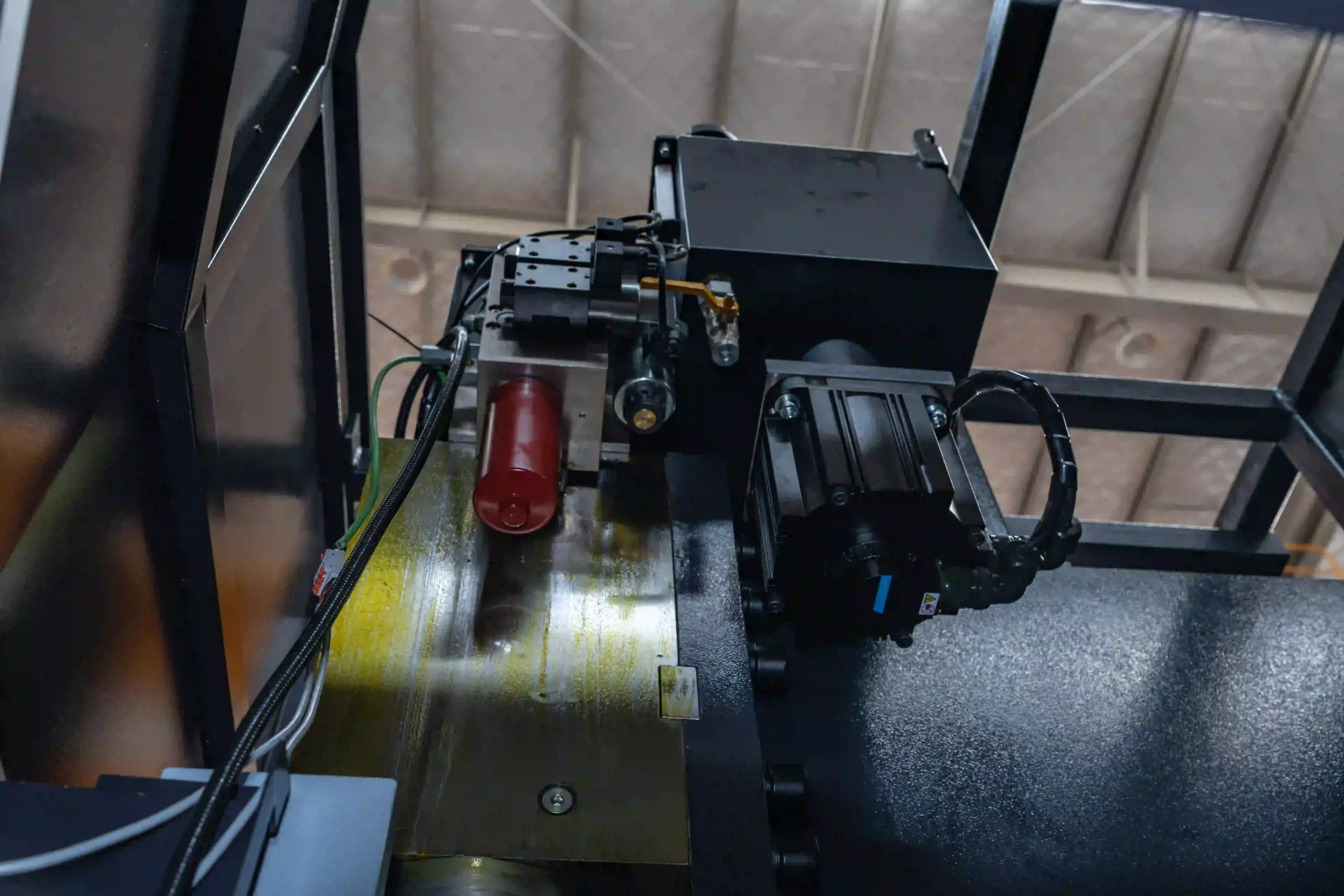In a press brake, the cylinders drive the ram’s up-and-down motion. Whether you’re forming thin aluminum or thick carbon steel, the type of hydraulic system—torsion bar or electro-hydraulic—has a huge impact on accuracy, repeatability, and machine lifespan.
🏗️ Torsion Bar Cylinders (Synchronous Torsion Shaft System)
Torsion bar press brakes use two cylinders connected by a solid steel shaft to keep the ram synchronized. It’s a mechanically simple system found in many entry-level and mid-range machines.
Pros:
Affordable and easy to maintain
Mechanically synchronized (less electronics)
Great for general-purpose bending
Cons:
Limited flexibility for complex shapes
Manual crowning required for long parts
Accuracy depends on shaft tension
⚙️ Electro-Hydraulic Cylinders (Y1/Y2 Axis Control)
In this system, each cylinder is controlled independently through proportional valves and real-time feedback (usually from linear encoders). It allows for far more precise positioning and compensation.
Pros:
Independent Y1/Y2 axis control
Better compensation and dynamic accuracy
Ready for multi-axis and automated setups
Cons:
Higher initial cost
Requires reliable electronics and calibration
🔩 How Cylinders Affect Performance
Bend accuracy: Electro-hydraulic systems allow ±0.01mm positioning
Speed and force: Pump and valve quality determine overall response
Durability: Proper oil cleanliness and cylinder seals are critical
At Machnist, we manufacture both torsion bar and electro-hydraulic press brakes depending on your production style. As a dedicated Machnist supplier, we help small workshops and industrial clients choose the best cylinder system for their needs.
Whether you’re upgrading to servo-proportional control or sticking with proven mechanical sync, Machnist ensures your press brake delivers the force, control, and accuracy you expect.





